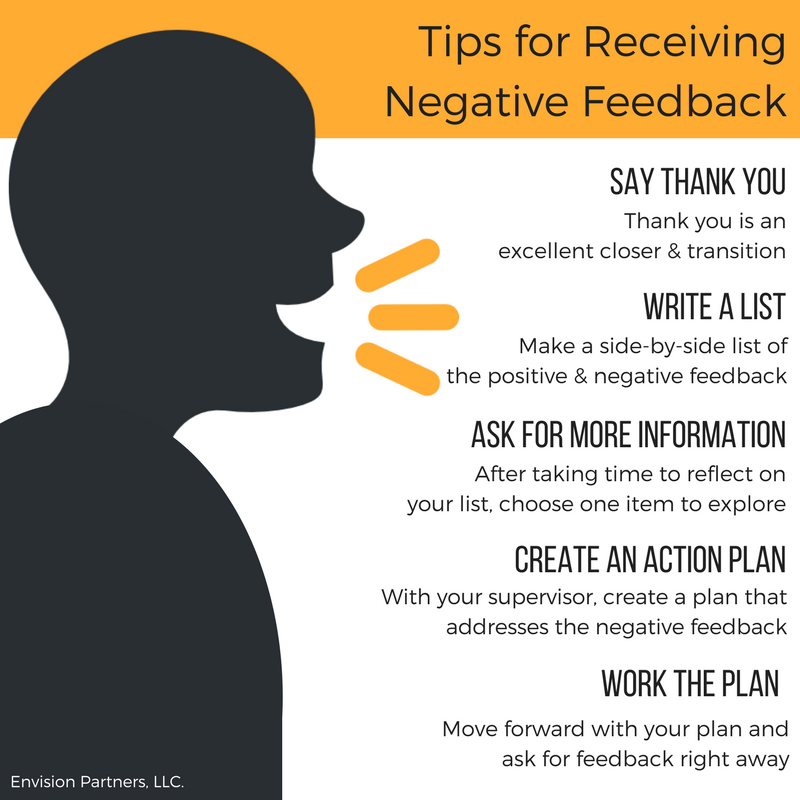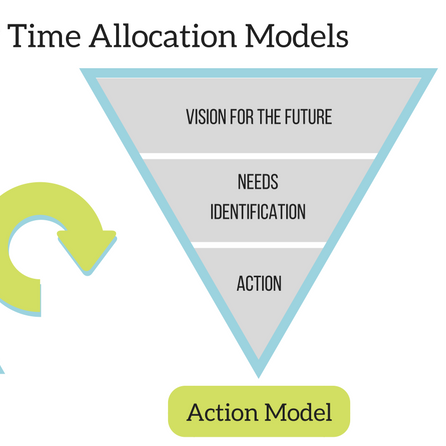What's Your Plan?
The end of the calendar year brings about performance reviews. Receiving feedback information in any form at any time is an opportunity for reflection, improvement, growth and expansion. When feedback is received, it’s easy to get bogged down in the details of a report, debate how true shared comments may be, or immediately begin making excuses. Instead you might begin by dispassionately dividing comments into potential weaknesses and potential strengths. With the items in these two lists, there are a number of ways to move forward to create your own improvement plan for the next year.
Most would rather not focus on weaknesses, so let’s start with the strengths. If you are seen as “meeting expectations” for a skill that could take you to a new level, consider an Enhancement Plan for that skill by focusing your selection of future projects that require using that skill.
If you are rated “above average” on other skills, consider creating a Good to Great Plan by asking to work with someone considered an expert (even better than you) in that skill, take on new responsibilities that test the skill–or be an expert to others. As with all plans, build and share your plans with people who can help you—family, mentors, supervisors, peers, reports.
If you find a weakness that has stopped or may stop your progress, there are many ways to improve these skills. The traditional Individual Development Plan is not intended to move a weakness to a strength—only to reduce the harm done by the weakness. To develop any skill (strong or weak)
- Set a goal (where do you want to be?)
- Measure yourself against that goal (the feedback)
- Know your motivation (a reason to change)
- Seek out experiences that demand or test that skill (yes, use the skill to strengthen it)
A more sophisticated way to handle a weakness is a Work Around Plan in which you employ the strengths of colleagues to help you get the job done (Be sure to ask them). In contrast, the Substitution Plan employs your other strengths to compensate for weaknesses. (For example, writing memos rather than giving oral presentations.) The purpose is to get the job done effectively. These two plans should be short term and complemented with an Individual Development Plan to bring a career-limiting weakness up to par.
When performance reviews are overall poor, you might consider a Redeployment Plan to help you apply your skills elsewhere. Or, if you want to keep trying in your current role, consider a full Rerailment Plan. For these plans, you should work closely with your HR representative and your supervisor.
The outcomes of performance reviews are often not clear cut. For example, you may learn that your perceived number one asset is actually seen by others as a detractor. In this case, you may be overusing this strength and should consider a Redirection Plan in which you learn to manage your superior skill in this area to make it easier for others to handle your strength. If you find that others are not aware of your self-perceived number one asset, perhaps you need a Marketing Plan that gives you the opportunity to prove your ability and close the perception gap. Similarly, if your skill set does not appear to match your role, a Skills Transfer Plan may be required to show your value in another area.
Perhaps from the feedback, you are surprised that others think so highly of you. In this case, a Confidence Building Plan requires assistance from mentors, supervisors or peers. For really confusing cases, you may need a Diagnostic Plan in which the plan is to collect more data.
There are many ways to respond to feedback, and many plans can apply to the same data set. Reviews provide professional and personal growth opportunities. Ignoring the feedback is a Capitulation Plan—in which you can plan to stay where you are.
Whatever you do, plan to do something with this opportunity.











